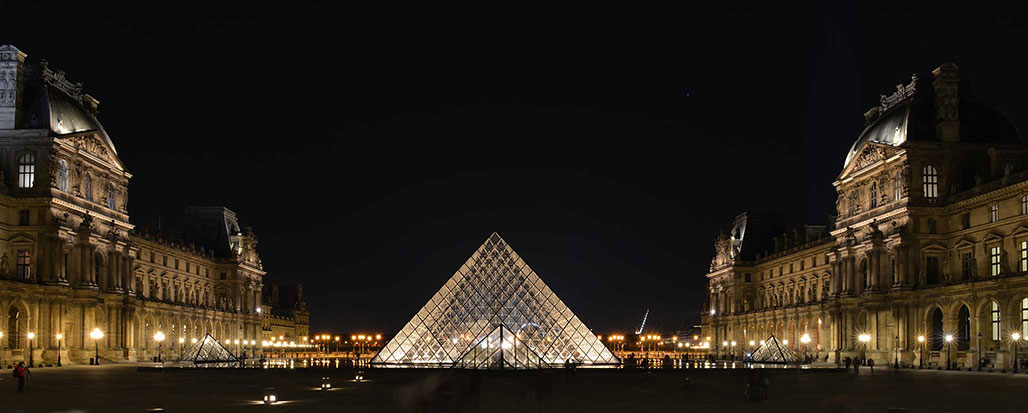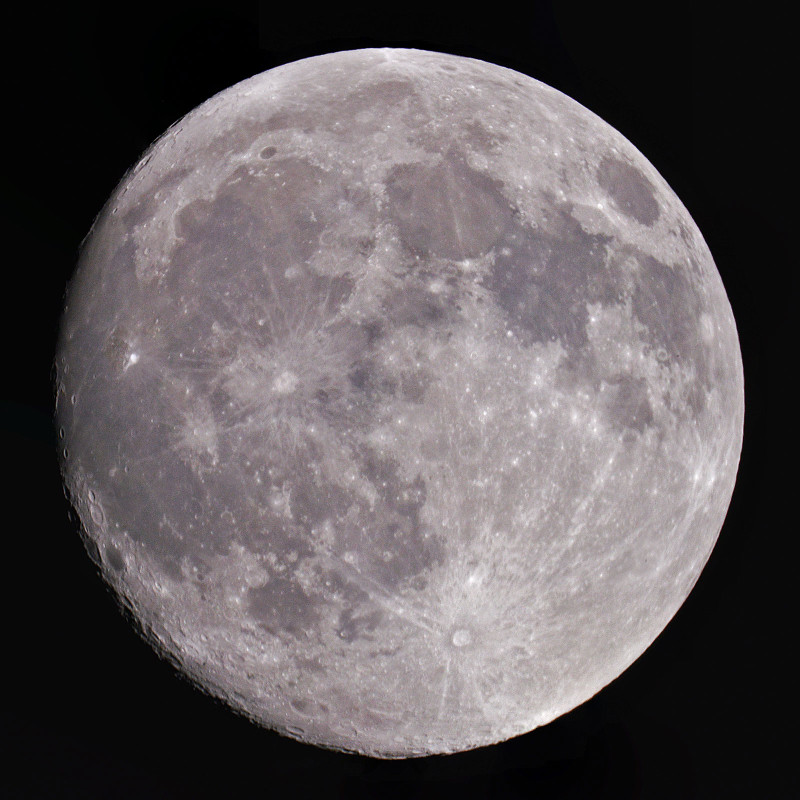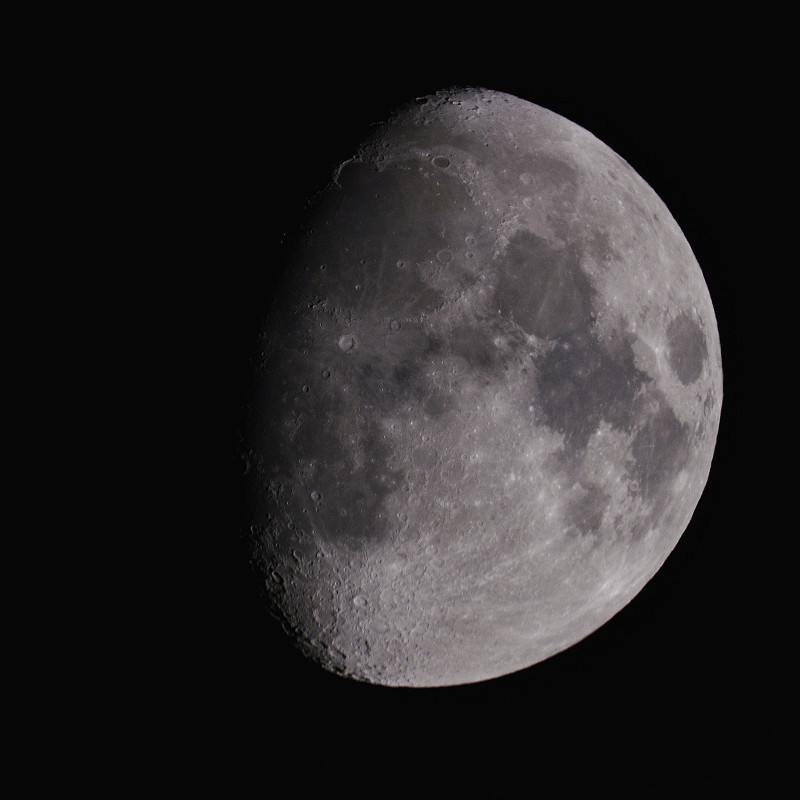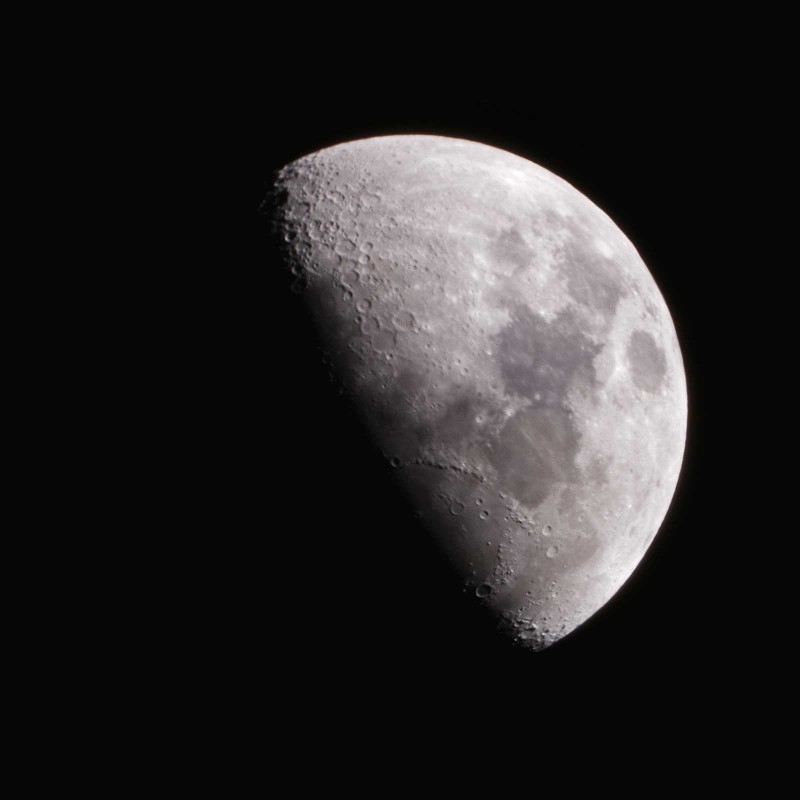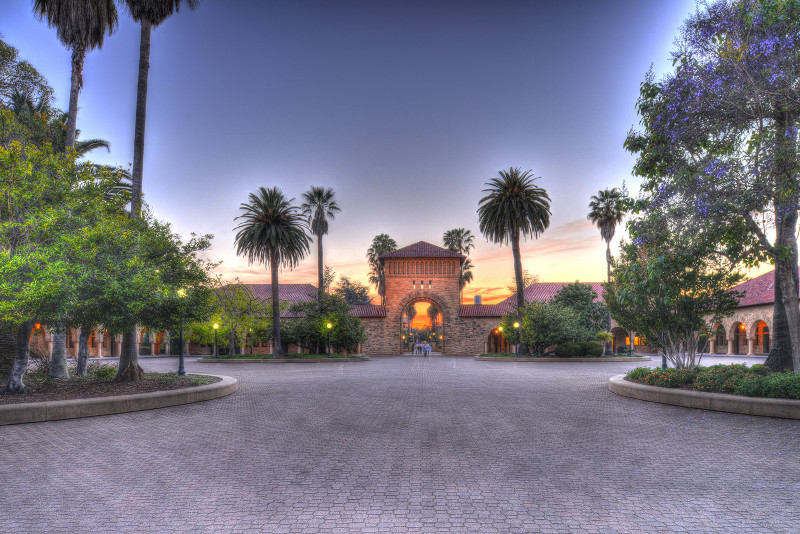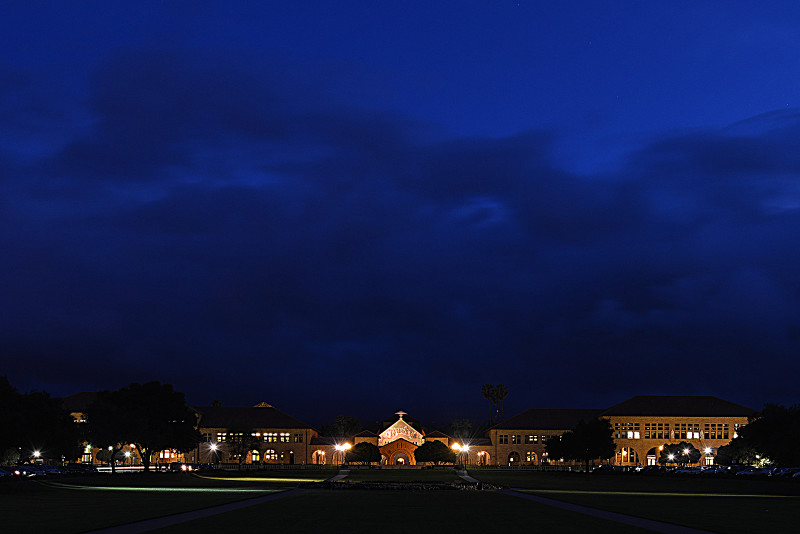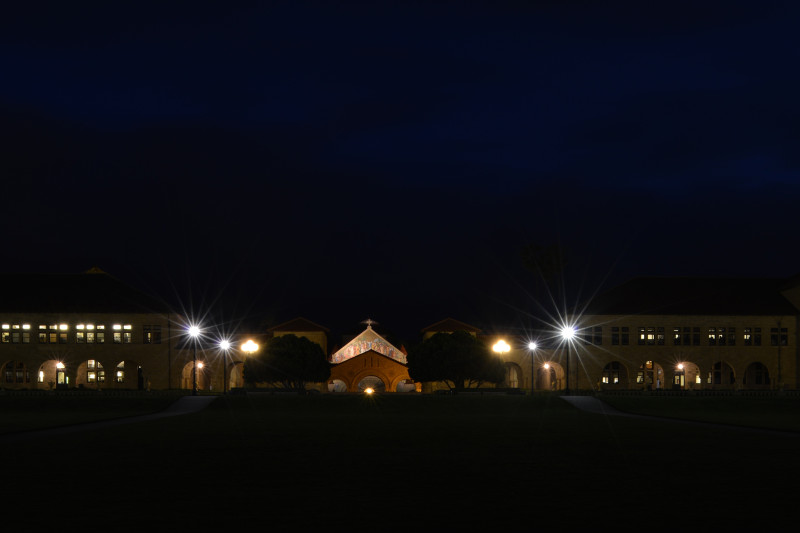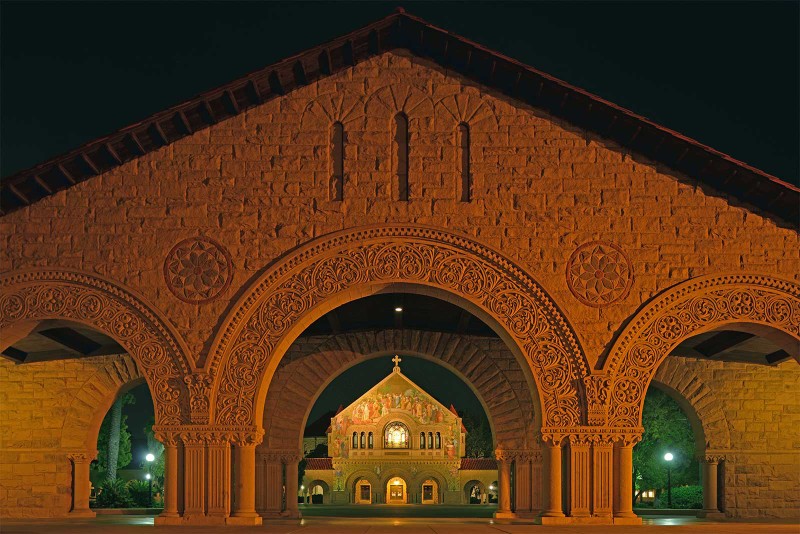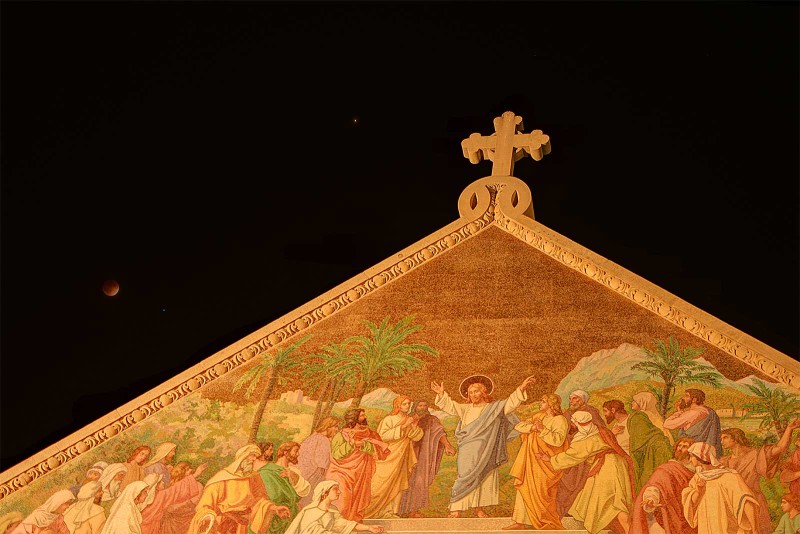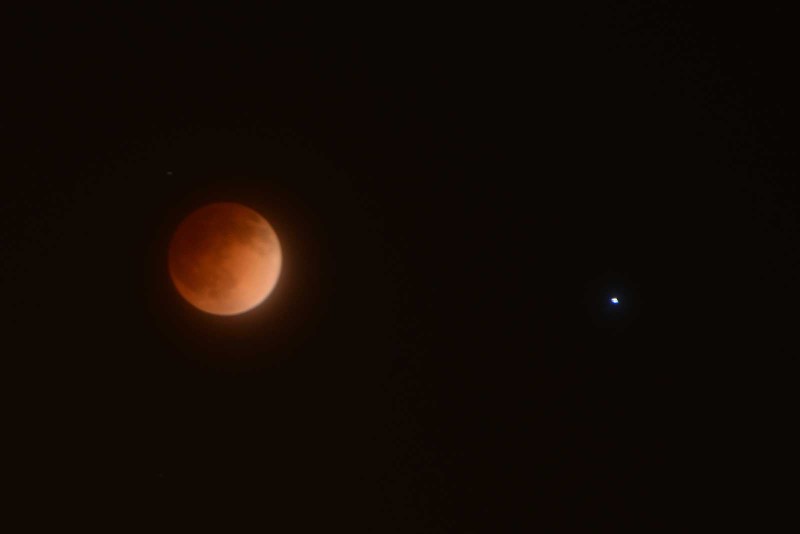Last night, I connected the DSLR directly to the telescope. Skipped the extension-tube-like part of the Orion variable universal camera adapter. I also took all my photos with the mirror up. Right now, I think the limiting factor is the StarSeeker III mount and tripod. My usual process is to view an object on Live View and manually focus with the magnification cranked up.
However, the mount and tripod is not stable enough at these magnifications. Every time I touch the focus dial on the telescope, the image shakes. I can get the focus close enough, but there is no way to be 100% spot on.
I also experimented with different ISO values. Dropping down to ISO 800 didn’t give me a cleaner image. Since the moon travels quite a bit, I went as fast as 1/2,000s to see if that helps. All the images were underexposed, and I had to tinker around in Photoshop to recover some of the details.
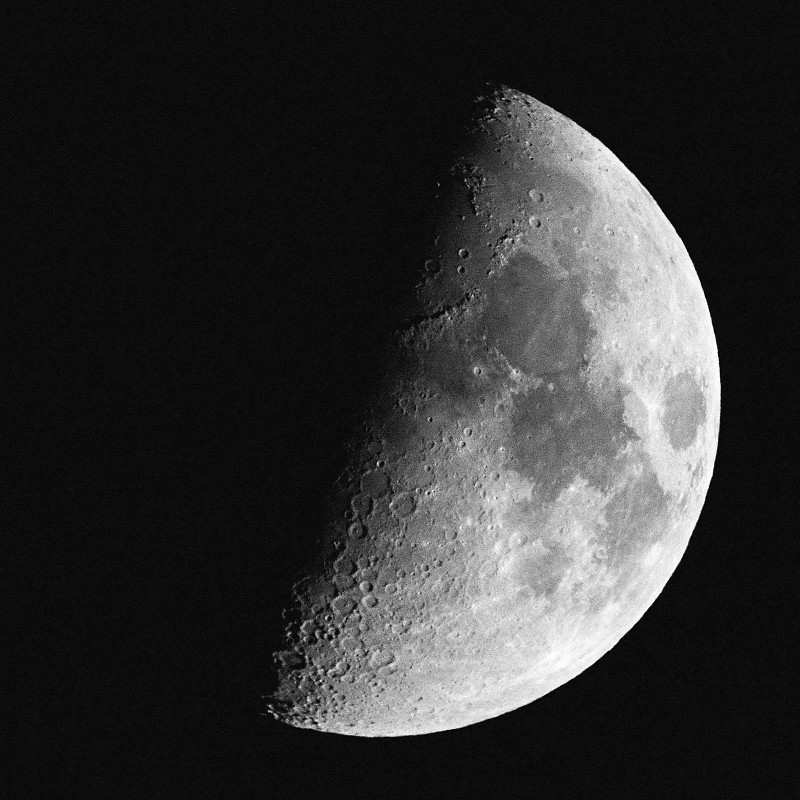
D800, ISO 1250, 1/2000s, Orion StarSeeker III 127mm GoTo Mak-Cass Telescope
